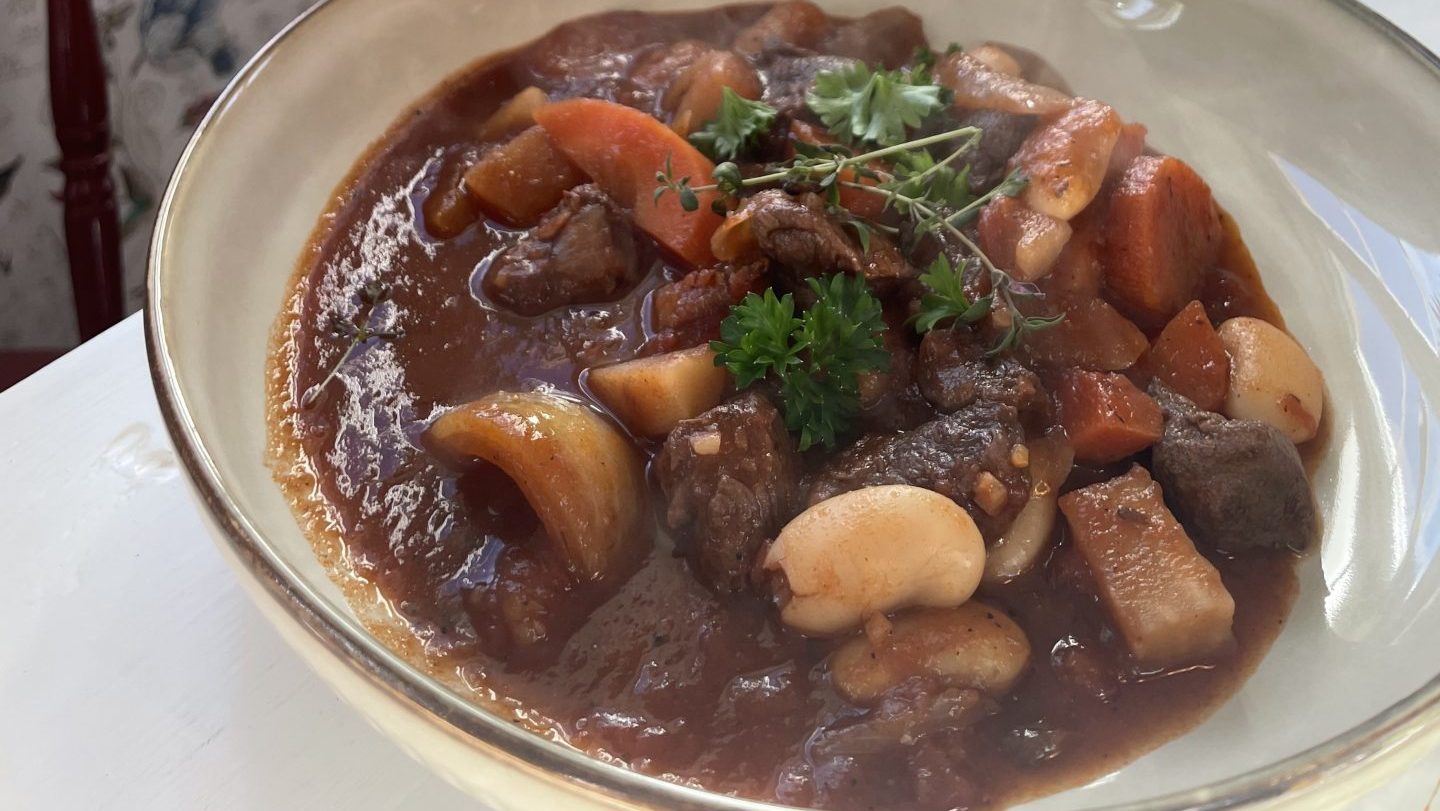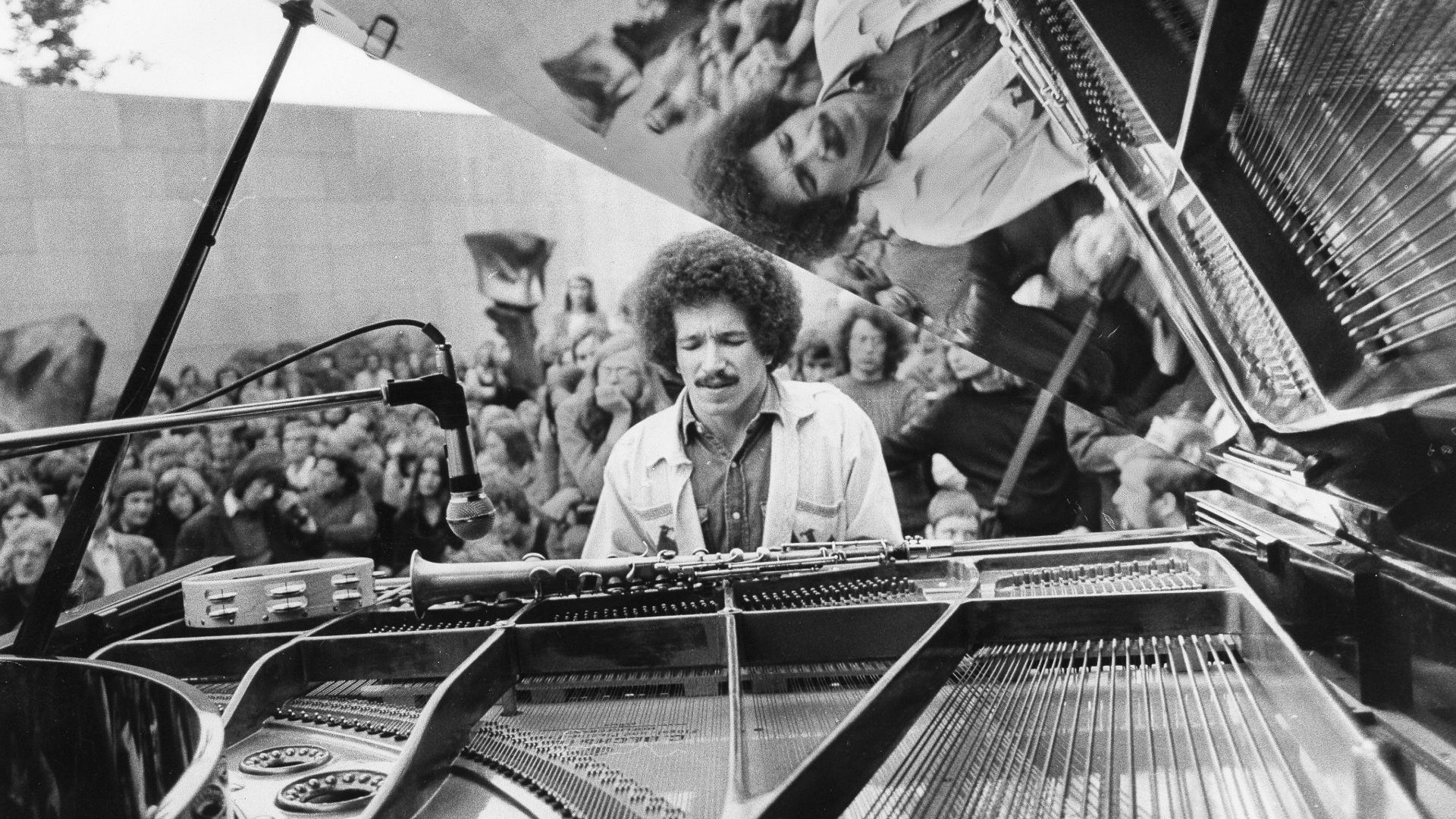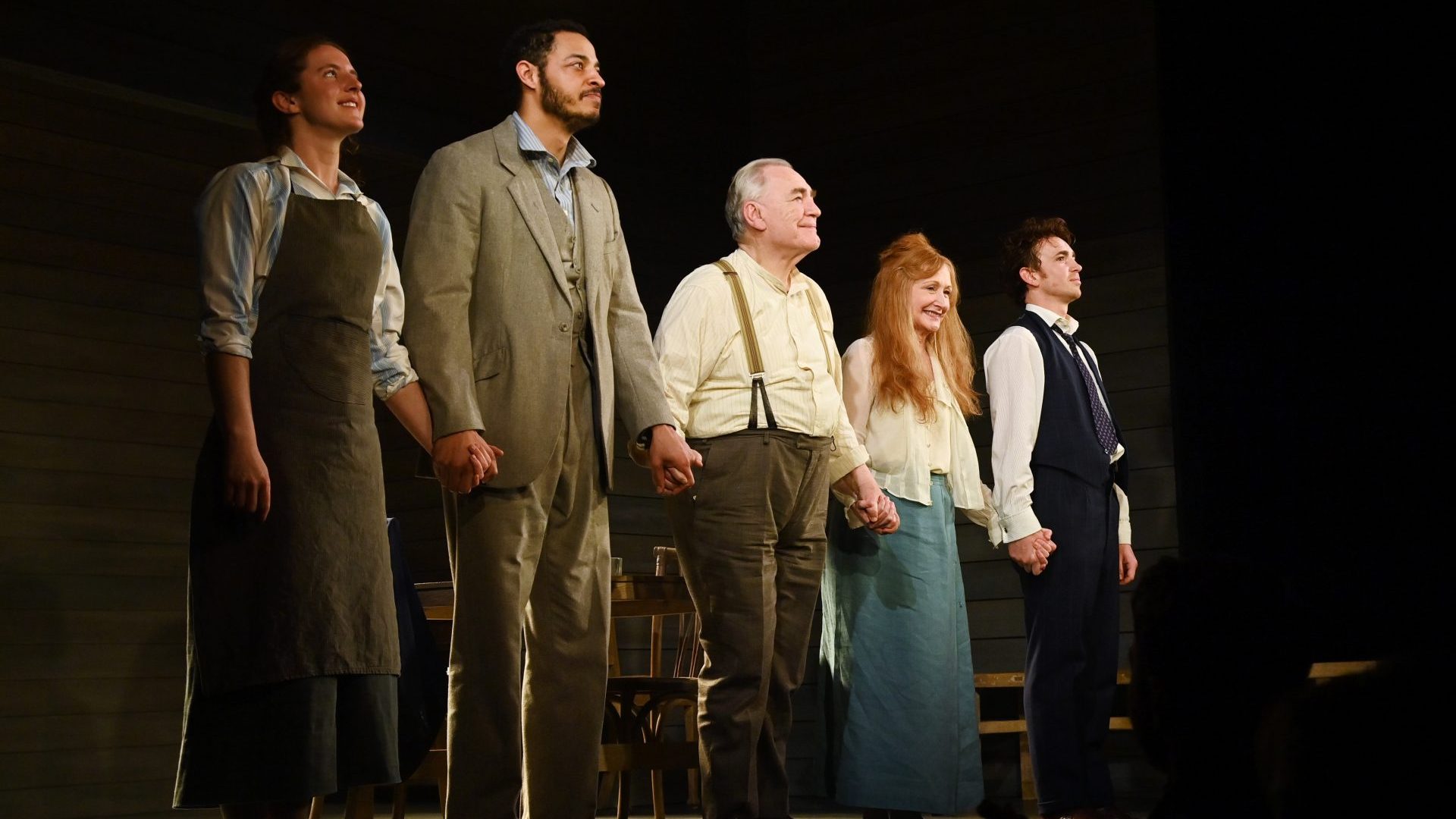Off the west coast of Norway, in Trøndelag province, is an island called Frøya. It is one of thousands, a fishing community numbering less than 5,000, with coarse grass on low hills, heather, marshes, and rocky coastlines forever buffeted by the North Sea. And it boasts a billion-dollar salmon industry.
I visited Frøya last month and the weather was fine. It wasn’t even all that cold – almost t-shirt weather.
And so I ate scallops fresh from the sea and raw: nutty, rapturously sweet, plump as a baby’s cheeks. And langoustines, each one enormous, bright red and almost calling out to be barbecued and slathered gloriously in butter.
The cod, or skrei, was glacial: pearly flakes that slid down one another like ship-sinking icebergs. Usually, hunks of skrei were served with a mussel and cream sauce, or one made with oysters, and matched with green herbs and waxy potatoes.
Then, smoked salmon. On Frøya, this industry is thriving, employing swathes of the 4,500 inhabitants and luring countless tourists to its shores.
You know, normally I can take or leave smoked salmon. I’m fussy with it. I need the fish to be top-tier to enjoy it, unlike sausages (I don’t mind Richmond occasionally) or burgers (McDonald’s? Fine by me).
But every mouthful was extraordinary: slivers of salty, fatty moments, the sea a memory within, tactile and soft, rolling in orange. On a crispbread, a piece of toast or a cracker, this salmon sang of pride.
To compare it to varieties in plastic packaging in British supermarkets is absurd and laughable. I would think anyone would find it impossible to return to regular stuff after tasting that made on Frøya. And so no wonder the island doesn’t have a problem with the exodus of youth: many stay, work in the trade and earn big bucks.
Frøya, I was informed by various locals, was recently the subject of a Netflix documentary called Billionaire Island. Writers Anne Bjørnstad and Eilif Skodvin said that “over the last few decades, fish farming has changed both the Norwegian coast and international food culture”, and added that “the time feels right for a television drama about the operators in the industry.”
I find it remarkable that such a small community is able to conjure so much wealth through nothing more than a fish. Across the island, it is evident. Lads far younger than me race about in expensive cars; a grand hotel, in steel and glass with views sweeping out to sea, is a hive of activity, with Norwegians happily making their way through wine (incredibly expensive to import) and slices of fermented whale (I did not really enjoy this).
A single bottle of lager – Bryggeriet – costs more than a tenner. It is exceptional, mind you.
But, despite the charms and adornments of salmon, the best food on Frøya is found in a small, family-run farmyard cafe called Hurran Spiseri (which I believe loosely translates as “Hooray Eatery”). It’s run by two sisters, Aina Sandvik and Sara Taraldsen, fourth-generation sheep farmers who still breed, slaughter, butcher, and cook in centuries-old tradition.
Among various buildings is a slaughterhouse attached to a kitchen, next to a butchery, adjoined to a dining room made up in dainty ornaments, frilly linen and floral patterns. It might be the cosiest room I’ve ever been in.
Once or twice a week, Aina will cook a dish or two and open the space as a restaurant. Lamb, hogget, or mutton is on the menu more often than not, usually after seeded bread, smoked salmon, pickles and strips of charcuterie.
I was given a lamb stew, umami-rich with tomatoes, a deep, penetrating sauce that enveloped carrots, butterbeans, and onions. It was stunning; a warming, fragrant dish that would not be out of place in the famous St John, perhaps, or the beguiling kitchen of Delia Smith.
And so, if you are able, make your way to Norway, travel up to Trondheim, the largest city in the northern region, and roll through tunnels, over bridges and through marshland to find Aina. You must.
It is true “farm-to-table” cooking – this time, not a marketing ploy in London or Manchester. The real deal.




